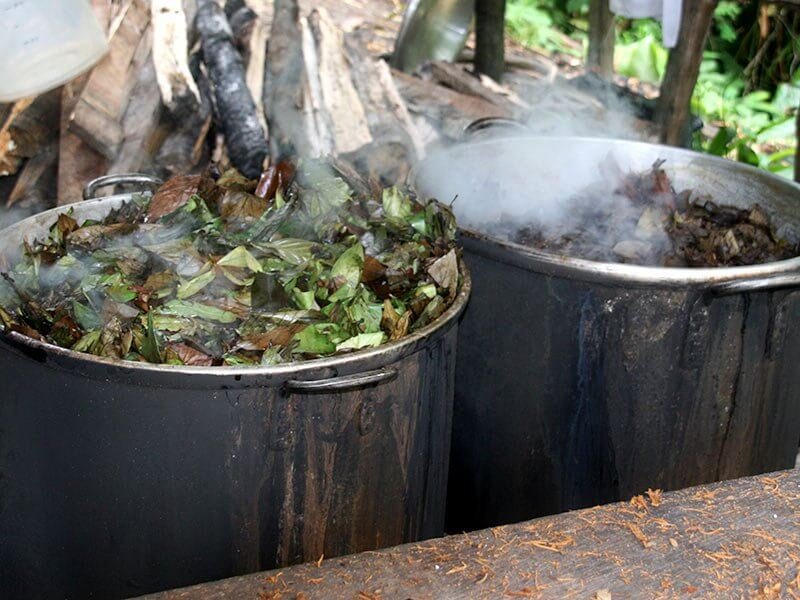For centuries, some indigenous groups in South America have relied on a brew made from the parts of a local vine and a shrub. The effects of this drink, called ayahuasca, would begin with severe vomiting and diarrhea, but the real reason for drinking the tea was the hallucinating that followed. These visions were thought to uncover the secrets of the drinker’s poor health and point the way to a cure.
Modern techniques have revealed that one of the compounds underlying these mystic experiences is the psychoactive drug harmine. What these first users of ayahuasca couldn’t have known was that, one day, this ingredient in their enlightening brew would be positioned as a key to treating diabetes.
Such a cure is a long way off, but researchers took another step toward it when they combined naturally occurring harmine with a compound synthesized from scratch in a lab. Together, the pair can coax the insulin-producing pancreatic cells, called beta cells, into replicating at the fastest rates ever reported.
…
Type 1 diabetes arises when the body turns on these cells and destroys them. Type 2 diabetes develops when these same cells wear out and can no longer make insulin.
…
If this pair of compounds eventually inches into the treatment toolbox, refreshing a faded cell population could become a reality and a possible treatment for diabetes.
Read full, original post: Plant Hallucinogen Holds Hope for Diabetes Treatment































